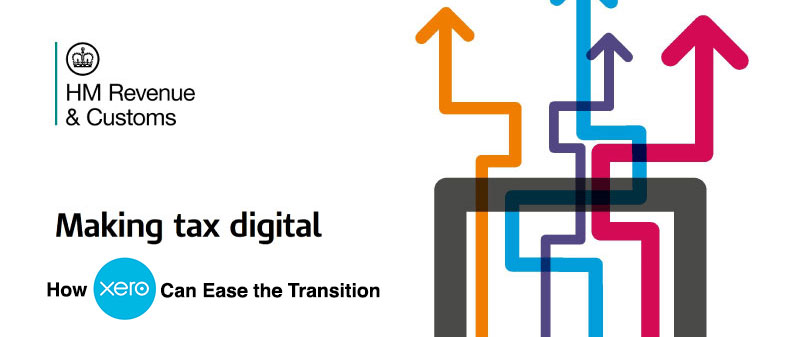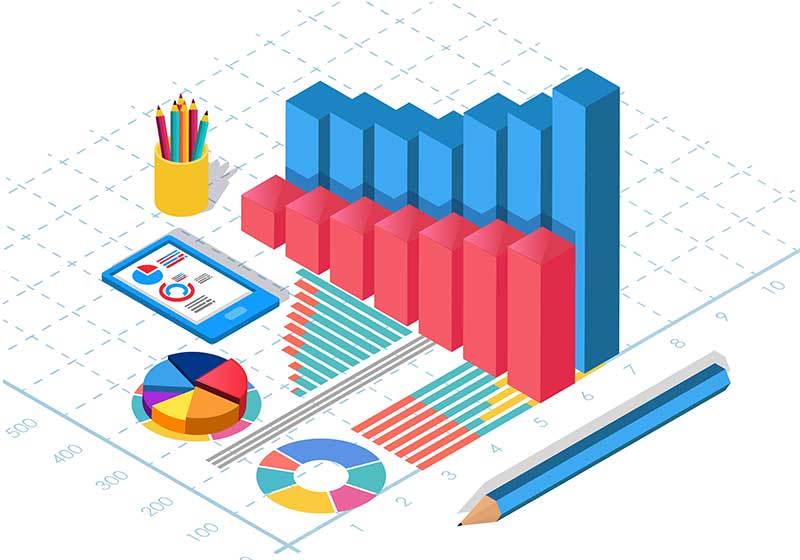
In its bid to modernise the tax system, the government introduced Making Tax Digital (MTD) in the March Budget of 2015.
While MTD brings with it a number of benefits, the radical change in reporting earnings encountered a bumpy start and an even bumpier road towards implementation.
For one, a survey by UK2000 Group found that 65% of SMEs are not ready for tax digitisation, as they do not use any software to manage their accounts.
An even more surprising number is that 16% of their respondents do not record business transactions, instead, they employ the ‘shoebox method’ wherein accountants would fill in details just before filing annual tax returns.
Moreover, old methods such as spreadsheets and paper ledges are still used by a number of firm-based accountants.
Despite pushed-back timelines, disagreements over company costs, and a huge number of unprepared organisations; reporting earnings to the HMRC in a purely digital and online way is still set to happen by 2020.
This, then, begs the question: Is your business ready for MTD?
How Will MTD Affect Businesses in 2018?
MTD’s aim is to make the UK one of the most digitally advanced tax systems in the world. By ending the use of paper accounting, it simplifies the system, makes it more transparent, and decreases the chances of inaccuracies.
Starting April 2018, you are now required to:
- Record tax returns using software that is HMRC-compatible;
- Submit records quarterly; and
- Prepare annual statements using said digital platform
Dates To Take Note Of
The timeline of implementation depends on your VAT threshold:
- April 5, 2018 – End of Self-Assessment.
- April 2018 – MTD will go live for businesses with VAT threshold above £83,000. This includes those who are self-employed, a majority of partnerships, and residential landlords.
- April 2019 – MTD will go live for VAT-registered businesses and unincorporated businesses/landlords, with a threshold above £10,000 but below £85,000. If you are part of this bracket, you can choose to voluntarily do so prior to rollout date.
- April 2020 – MTD will go live for businesses paying corporation tax, and with VAT threshold above £10m.
What Do Businesses Need To Do To Prepare For Making Tax Digital?
Making the switch to digital means your software can now perform a lot of your administrative tasks, thereby freeing up more of your time. To prepare your business, make sure you do the following:
1. Know how much it would cost you
Cost estimations vary, depending on the software you will use. The HMRC estimates it to be anywhere between £280 and £3,000 per business. The majority of survey respondents from Thomson Reuters estimated it to be between £200 and £500.
2. Do not delay
Extended timelines were provided, but the shift is inevitable. Even if your business is not scheduled to comply until 2020, going digital sooner rather than later would save you time and stress down the line.
Digitizing your records early will make it easy for you to meet reporting standards, save you time on tax return calculations, and get you started on submissions immediately.
3. Be patient with errors
Overhauling an entire country’s tax system is bound to have its bugs and errors. Businesses and individuals will also need to adapt to it, which means patience is definitely needed especially for a project this big.
4. Speak to your accountant
Chances are, your accountant is already comfortable using their own software. You, however, need to make sure that the software is compliant with HMRC and/or compatible with a software you want to use yourself.
When MTD is rolled out, you will see your accountant more often, since you will then be required to report quarterly. But since the process will be done digitally, expect reports to be faster and easier to prepare.
5. Get an accountant
On the other hand, if you don’t have an accountant, consider assessing your need for one. Since MTD will go live in a few months, you need to start looking soon, as they will have their hands full during the transition phase.
When hiring an accountant, see to it that they understand the digital space, as MTD would spell the end of paper files and outdated software.
6. Move to cloud accounting software
When looking for the right accounting software, make sure that its tools and features fit the size and needs of your business. If you are unsure, sign up for free trials so you can identify any weaknesses before purchasing. You can also research and ask around for recommendations.
Xero Cloud Accounting Software comes with a wide range of beneficial featuresthat will help you transition, including basic and advanced accounting, invoicing, bank reconciliation, mobile access, and full reporting. Above all, it also has full UK payroll functionality that you can use for auto-enrolment and real-time submissions to the HMRC.

How Does Xero Help Businesses Prepare For Making Tax Digital?
Moving to a digital system means less paperwork, fewer forms to fill out, and an automated process done in real time.
However, this also means that everyone who runs a business—from 1.6 million companies to 2.4 million self-employed individuals to 900,000 residential landlords—needs to have a digital accounting software in place.
While it is not a legal requirement, the HMRC encourages to get a software since old desktop programs would not be able to submit your taxes online.
Xero is one of the better, if not best, online accounting software programmes to help you transition to MTD, especially since it is HMRC compatible. Choosing to use Xero would give you the following benefits:
- Advanced tax timeline. This feature would conveniently notify you of tax forecasts and upcoming deadlines, allowing you to avoid penalties for late reporting.
- User-friendly features. You can automatically calculate your VAT and payroll taxes, as well as pull data from your bank, invoicing system, and POS system.
- Stay on top of bank reconciliation. You can update your transactions every day, making sure your bank and your organisation’s records are in sync.
- Keep track of cash flow. By importing transactions straight from your bank, you will get a real-time overview of your business’ cash flow.
- Digital records. Minimise the chances of lost receipts and paperwork by taking photos with your mobile phone and uploading them to Xero.
- Submit VAT returns online. Streamline the process of publishing your tax return and filing it with the HMRC by doing it directly from Xero.
Embrace Change
A lot of people are averse to change, especially if it involves introducing new technology to the workflow. Consider the benefits of MTD, however: you get to update your accounts frequently and filing quarterly means less workload for you.
Given that you already have a lot on your plate running your business, let us handle the accounting side for you. We offer services tailor-fitted to businesses of all sizes, but we can also provide a personalised service package should you need it.
If you have any more questions about how you can prepare your business for Making Tax Digital, chat to one of our accountants on 01634 540040

